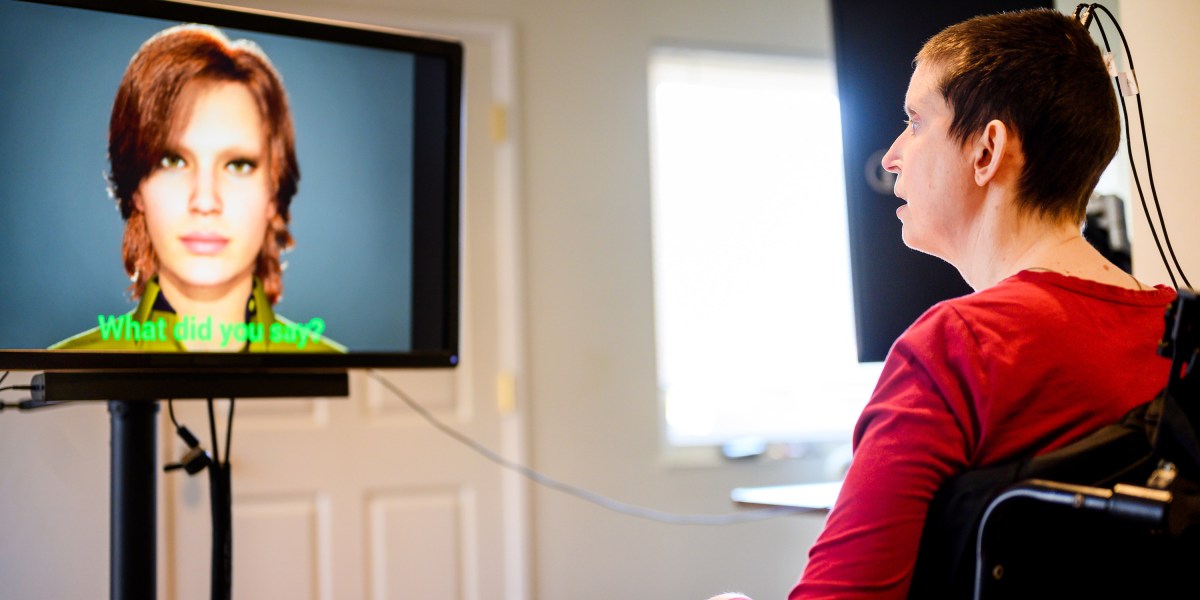- Arvind's Newsletter
- Posts
- Arvind's Newsletter
Arvind's Newsletter
Issue No #836
1.BRICS leaders invite 6 nations to join the bloc
The five Brics nations have invited Argentina, Egypt, Ethiopia, Iran, Saudi Arabia and the United Arab Emirates to join their emerging market group.
The countries will join the Brics bloc made up of Brazil, Russia, India, China and South Africa at the start of next year as the “first phase of the expansion process” for the forum.
The new members will increase the Brics share of global gross domestic product from 32 per cent to 37 per cent on a purchasing power parity basis.
2.Yevgeny Prigozhin, the leader of the Russian mercenary group Wagner who led a short-lived rebellion against the Kremlin, is believed to have died in a plane crash. Videos show the jet spiraling out of control and exploding near Moscow, with Wagner-linked social media accounts saying it was shot down. The Kremlin has so far made no comment on the crash, but analysts nevertheless pointed the finger at Russian President Vladimir Putin, who was made to look weak by the attempted putsch two months ago. “Murder and fear can work in the short run,” one Atlantic Council expert said, “but such rule exacts a price.”
Supporters of Prigozhin, who is listed among the passengers of a private jet that crashed north-west of Moscow on Wednesday, killing all aboard, mourned the warlord’s loss and accused “traitors” of assassinating him in retribution for a mutiny he led in late June.
The apparent move to decapitate Wagner signalled Putin’s intention to shore up the position of Russia’s armed forces and the return to favour of uniformed generals over the mercenary group’s leaders and officials close to them, western officials told the FT
3.Brain implants gives a voice to those who cannot speak reports MIT Technology Review
Two research teams in California have developed brain implants that they say are much more effective than previous devices at giving a voice to people who cannot speak.
The two groups, working independently at the University of California, San Francisco and Stanford University, have used new electrode arrays and artificial intelligence programs to turn thoughts into text and speech. The UCSF scientists also designed a lifelike avatar to speak the decoded words.
A woman who lost her ability to speak after a stroke 18 years ago was able to replicate her voice and even convey a limited range of facial expressions via a computer avatar.
Both teams used recording devices implanted into the brain to capture the signals controlling the small movements that provide facial expressions. Then they used AI algorithms to decode them into words, and a language model to adjust for accuracy. One team, led by Edward Chang, a neurosurgeon at the University of California, San Francisco, even managed to capture emotions.
Researchers caution that these results may not hold for other people, and either way, we are still a very long way from tech that’s available to the wider public. Still, these proofs of concept are hugely exciting
4.India’s premium consumer segment is emerging a big market opportunity: The latest foreign firm to try and tap this market opportunity is Premium pet care platform Kanine, which sells branded clothing and accessories for dogs and cats, has made its India debut with online fashion portal Myntra.
An Irish startup, Kanine holds exclusive global licences for international brands such as Tommy Hilfiger and Boss dog accessories, and global distribution for Ralph Lauren pets. It has entered India via a local partner in Myntra, and will bring over 2,500 products for the Indian market.
5.The world’s largest floating offshore wind farm opens in Norway.
The Hywind Tampen plant can provide up to 88 megawatts of electricity, enough to power around 60,000 homes at full capacity, although — perhaps ironically — it will instead supply energy to offshore oil and gas platforms.
Equinor, the Norwegian company behind the plant, says it will provide 35% of those platforms’ power requirements, cutting their emissions by 220,000 tons a year, equivalent to 0.4% of Norway’s total.
The plants consists of 11 wind turbines floating on a base anchored on the seafloor. The technology should allow wind farms to be placed in deeper waters than traditional, fixed offshore plants."The world will continue to need gas and oil in this transitional phase. This is not a cut-off from one day to the other. So we have to minimise the footprint."
Norway, which is targeting 30 gigawatts of offshore wind power by 2040, which would double the country's current power output, is tendering its first commercial wind farms, including three floating ones, this autumn.



/cloudfront-us-east-2.images.arcpublishing.com/reuters/6TT7NXHSGBMA3EOAI3YQ7EI5M4.jpg)